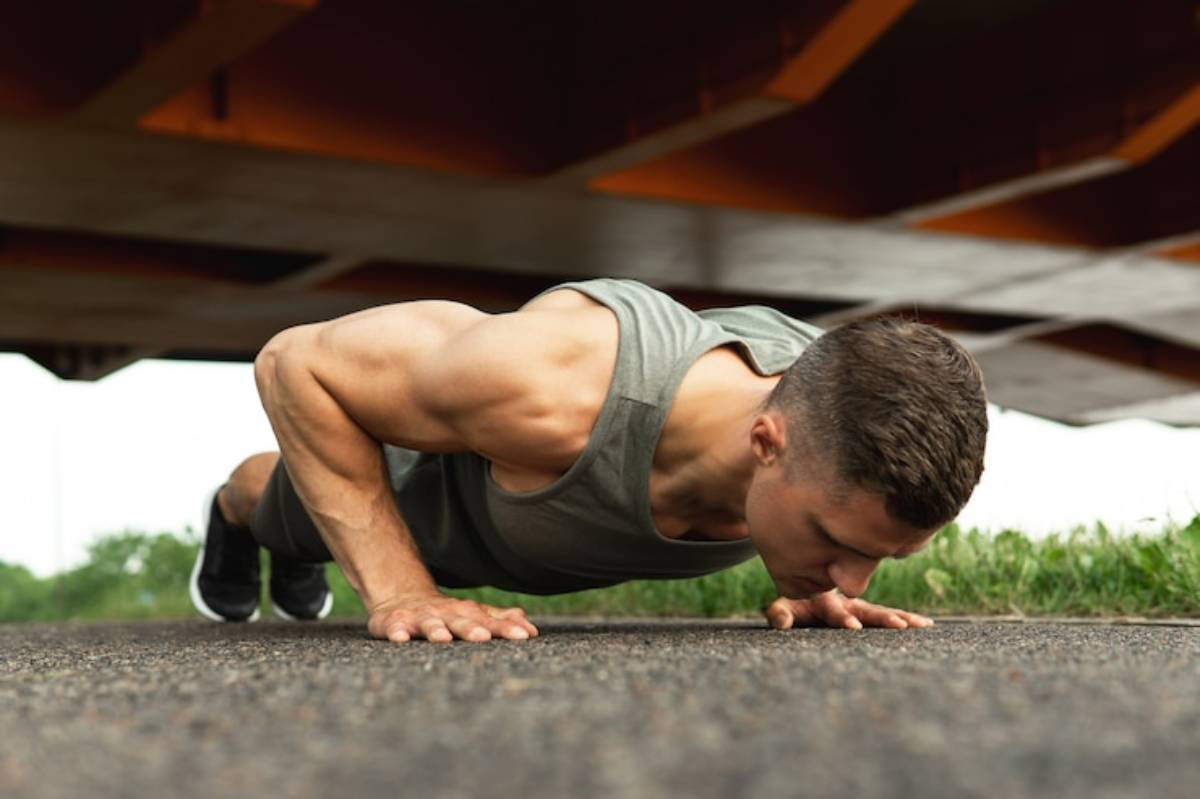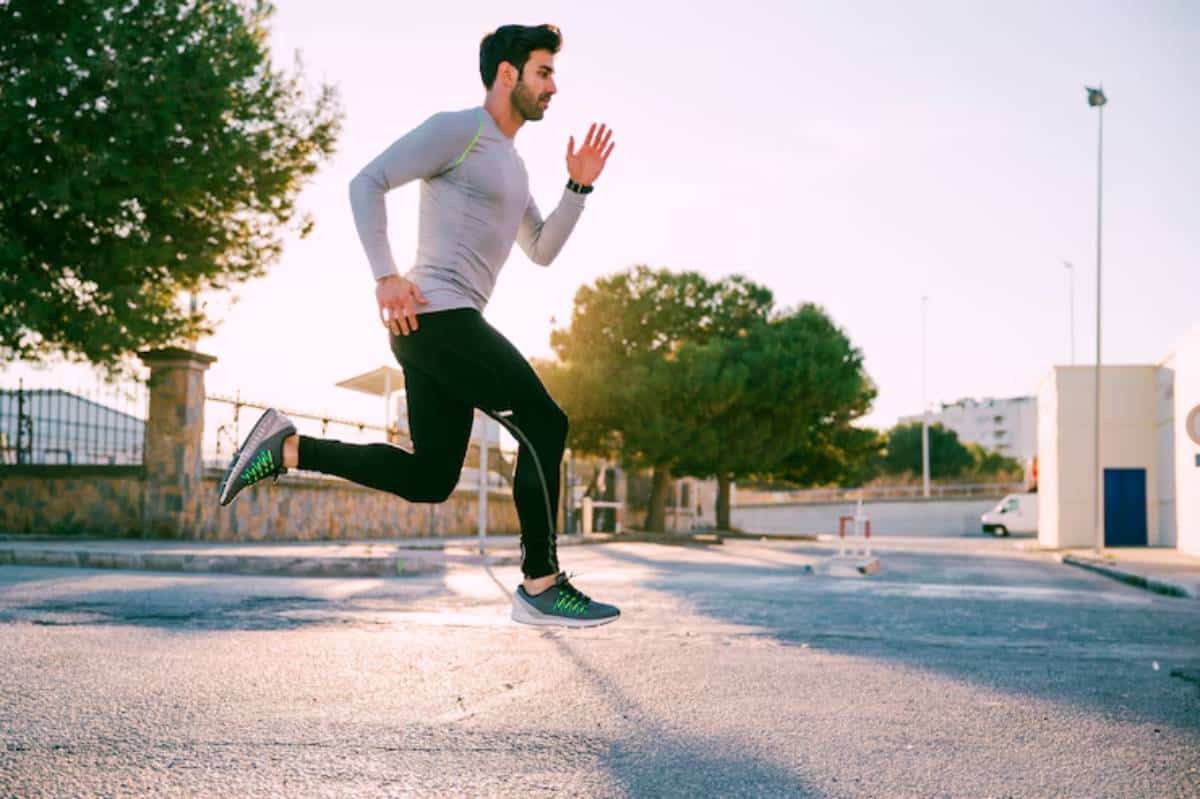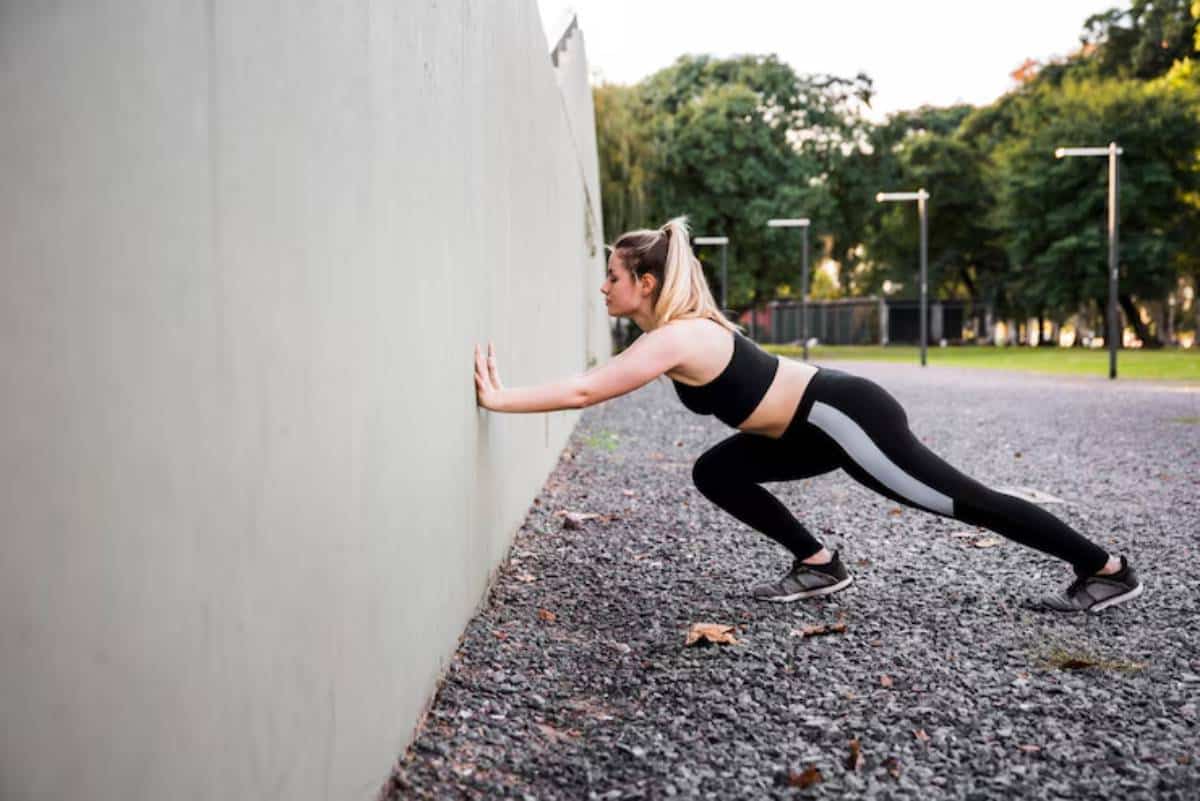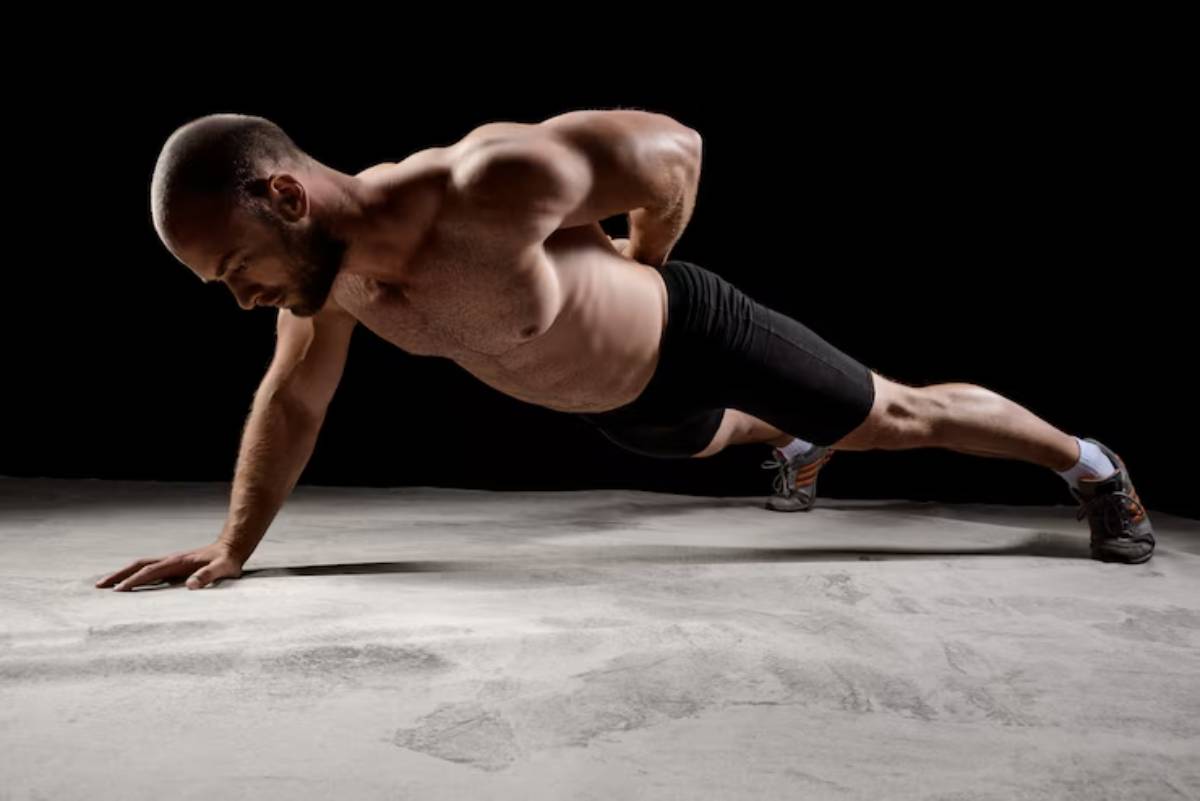
How to Train for a One-Arm Push-Up Step-by-Step
Why Mastering the One-Arm Push-Up Matters
Mastering the one-arm push-up is more than a party trick—it’s the ultimate bodyweight strength challenge. It demands tremendous core stability, pushing power, and joint control. For athletes, martial artists, fitness enthusiasts, or anyone chasing elite bodyweight feats, learning the one-arm push-up sharpens discipline, strengthens your entire body, and unlocks true movement mastery.
And the best part? You don’t need fancy equipment or a gym membership—just grit, patience, and a smart training plan.
Today, you’ll get a full one-arm push-up guide, mapped step-by-step, backed by research and real-world coaching insights.
Understanding the Core of One-Arm Push-Up Training
The one-arm push-up isn’t simply a “harder push-up.” It’s a full-body test.
According to strength coach Paul Wade (author of Convict Conditioning), the movement requires:
- Exceptional shoulder stability
- Robust core engagement (anti-rotation control)
- Powerful leg tension to lock the kinetic chain
- Balanced scapular movement for joint safety
It’s a true advanced push-up progression that shifts your bodyweight almost entirely onto one limb, forcing massive strength adaptations.
Research shows that single-limb exercises also improve neuromuscular coordination and bulletproof common injury sites like the shoulders, wrists, and lower back.
Quick Guide / Checklist: Key Steps to a One-Arm Push-Up
- Master strict two-arm push-ups (perfect form, 30+ reps).
- Strengthen core, glutes, and legs separately.
- Learn to brace your entire body (body tension is key).
- Progress through one-arm push-up regressions methodically.
- Prioritise slow, controlled movement over rushing reps.
- Train consistently (3–4 focused sessions per week).
Step-by-Step Guide: How to Practise the One-Arm Push-Up
Here’s the full bodyweight strength challenge roadmap:
1. Master Perfect Two-Arm Push-Ups
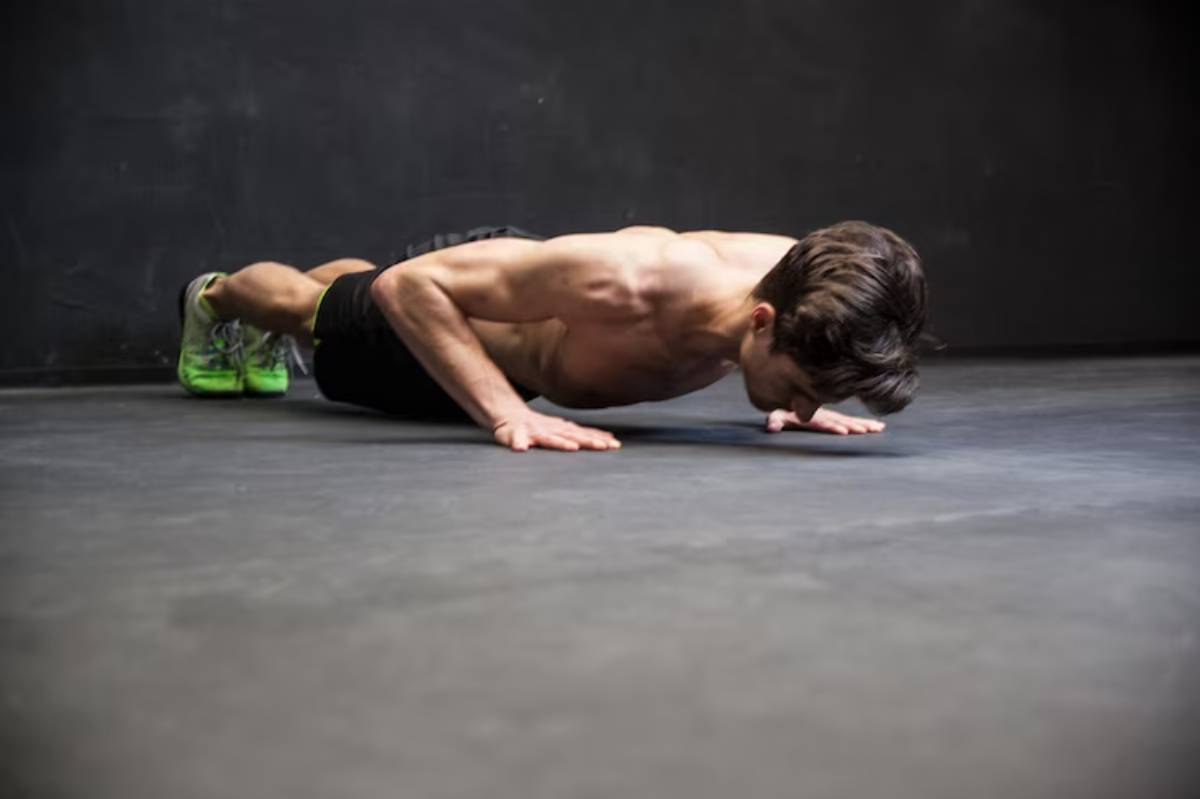
Before you even think about one arm, dominate regular push-ups:
- Chest to floor
- Core and glutes tight
- Neck in neutral alignment
- 30–40 clean reps minimum
2. Strengthen Your Core and Anti-Rotation
Work on exercises like:
- Plank Variations (side planks especially)
- Hollow Body Holds
- Bird Dogs
Pro Tip: “Treat your core like a steel beam—you want zero twisting or sagging during movement.”
3. Start with Elevated One-Arm Push-Ups
Use a surface like a countertop or sturdy table:
- One hand behind your back or at your side.
- Lower slowly, elbows close to the body.
- Push through the working arm without twisting.
Important: “The higher the surface, the easier the exercise. Gradually lower the surface height over weeks.”
4. Practice Archer Push-Ups
Transition phase:
- Place hands wide apart.
- Lower over one arm while the other acts as light support.
- Build strength by shifting ~80% of the weight to one side.
Secret Tip: “Imagine pushing the ground away, not yourself up. This mental shift engages more powerful muscles.”
5. Move to Assisted One-Arm Push-Ups
Tie a resistance band around a pull-up bar and loop it under your chest for support. Practise one-arm push-ups with reduced bodyweight until stronger.
6. Negative (Eccentric) One-Arm Push-Ups
- Lower yourself under control (4–6 seconds) on one arm.
- Use both arms to push back up if needed.
Slowing down the lowering phase builds the exact strength you need for the full movement.
7. Attempt Full One-Arm Push-Ups
Once strong in negatives:
- Set your feet wide (wider base = more stability).
- Engage the entire body, brace hard.
- Lower slowly, maintain tight form.
- Push back strongly without twisting or falling.
Best Practices & Additional Insights
- Widen Your Stance: A narrow stance makes balance harder. Start wide and gradually narrow over time.
- Keep Reps Low: Think 3–6 high-quality reps per set, focusing on perfect form.
- Train Both Arms: Don’t just favour your dominant side—build bilateral strength.
- Grease the Groove: Practice frequently, but with low reps to avoid burnout.
Real-world tip: Personal trainer Danny Kavadlo recommends daily “movement snacks”—brief skill-focused sessions instead of overloading single workouts.
FAQs: One-Arm Push-Up Training
How long does it take to learn a one-arm push-up?
Most people need 3–6 months of consistent, focused training, depending on their starting strength.
Why does my shoulder hurt during training?
You may be compensating with poor form or lacking scapular stability—dial back and reinforce basics before progressing.
Should I train the core separately for a one-arm push-up?
Absolutely—planks, side planks, and anti-rotation drills massively accelerate your progress.
Is one-arm push-up strength transferable to other sports?
Yes—better pressing power, body tension, and joint stability carry over to martial arts, climbing, callisthenics, and more.
Can lightweight individuals achieve one-arm push-ups?
Yes—relative strength matters more than body mass. Smaller athletes often progress faster!
What’s the most common mistake in one-arm push-up attempts?
Twisting the torso instead of keeping square—train strict core control to fix this early.
What muscles are primarily used in a one-arm push-up?
Mainly the chest (pectorals), shoulders (deltoids), triceps, and core stabilisers, including the obliques and lower back.
Is it better to train one-arm push-ups daily or every other day?
Training every other day is ideal to allow for muscle recovery and prevent overuse injuries.
Can I still achieve a one-arm push-up if I can’t do many regular push-ups?
Not yet—you need to first build a strong foundation of at least 30 solid two-arm push-ups.
Should my hand placement change when doing a one-arm push-up?
Yes, place your working hand closer to the centre of your chest for better leverage and balance.
How wide should my feet be during one-arm push-ups?
Start with a very wide stance (around shoulder width or wider) to improve stability, then narrow it as you get stronger.
Do I need to warm up before training one-arm push-ups?
Definitely—dynamic warm-ups focusing on wrists, shoulders, and core are crucial to avoid injury.
Why is core strength so important for one-arm push-ups?
A strong core prevents twisting and maintains straight-line body tension, which is essential for clean execution.
How can resistance bands help with one-arm push-up training?
Resistance bands lighten your bodyweight load, allowing safer practice of the full range of motion.
Is losing weight necessary to perform a one-arm push-up?
Not necessarily, but a leaner body can make the movement easier by reducing the load on your arm.
What is the biggest mental hurdle when training for a one-arm push-up?
Doubting your ability—staying patient and trusting the process is half the battle.
Conclusion: Your One-Arm Push-Up Journey Starts Now
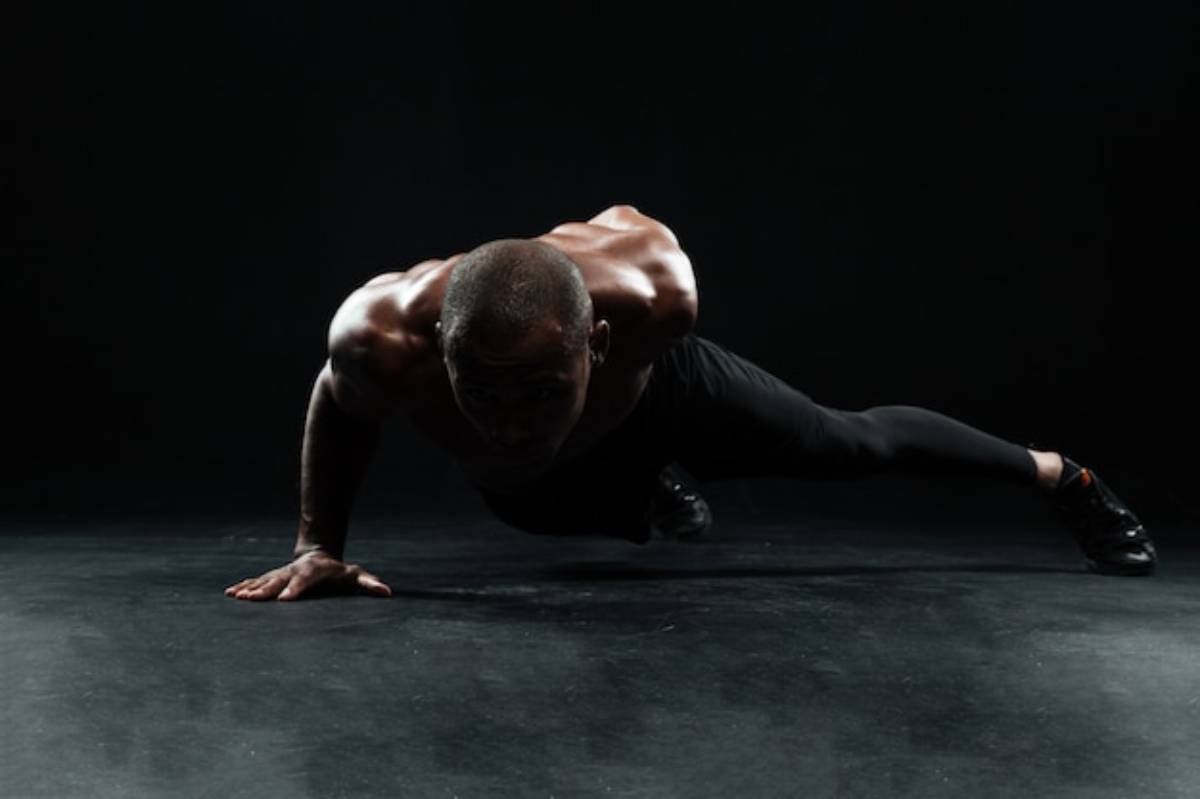
Learning the one-arm push-up is a true mark of bodyweight strength mastery. It’s a demanding yet deeply rewarding path, blending grit, discipline, and smart progressions.
By following this expert-driven one-arm push-up guide, focusing on core stability, technique, and progressive overload, you’ll smash through barriers and unlock new levels of physical power.
Ready to conquer one of the ultimate advanced push-up skills? Start today, stay consistent, and soon you’ll astonish yourself—and everyone around you.
